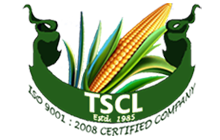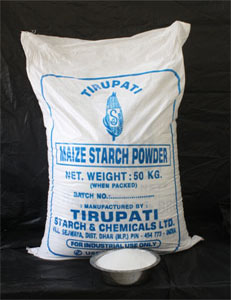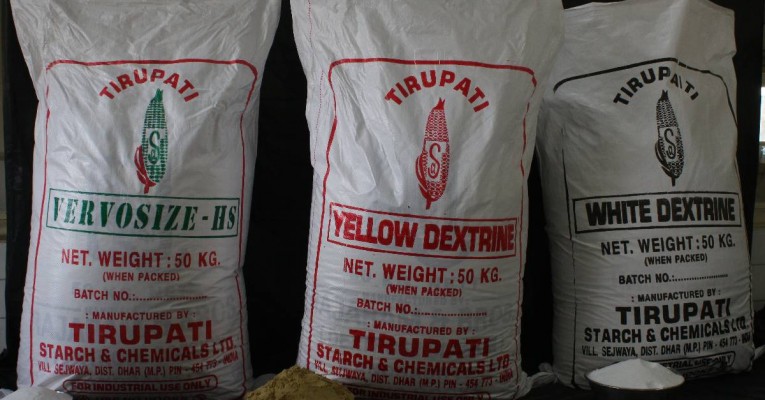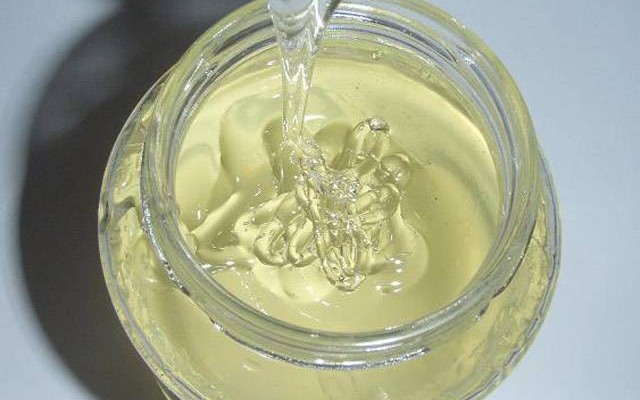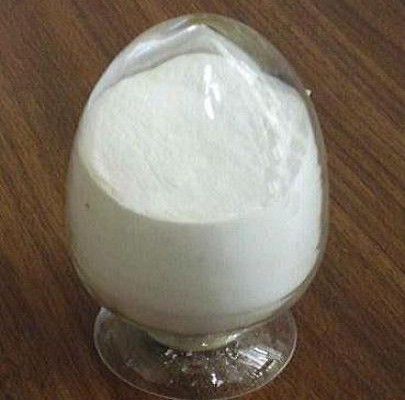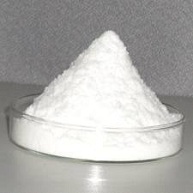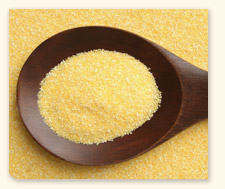Description:
Starch a common name applied to a white, granular or powdery, odourless, tasteless, Complex carbohydrate, (C6H10O5) abundant in the seeds of cereal plants and in bulbs and tubers. Molecules of starch are made of hundreds or thousands of atoms.
Starch molecules are of two kinds. In first kind ,amylose ,which constitutes about 20-25 percent of ordinary starch ,the C6H10O5 groups are arranged in a continuous but curled chain somewhat like a coil of rope. In the second kind, amylopectin, considerable side-branching of the molecules occurs.
Starch is almost insoluble in cold water and in alcohol, but with boiling water it gives a colloidal suspension that may form a jelly on cooling. Hot water changes starch slowly into smaller molecules. This reaction, an example of hydrolysis, is catalyzed by acid and by some enzymes giving still simpler molecules, the ultimate products being maltose, C12H22O11, a disaccharide, and glucose, C6H12O6, a monsaccharide.
Applications :
Pharmaceutical Industry
Maize Starch is used in Pharmaceutical Industry as a dusting media for various type of coating as well as binder & filler for capsules & tables. It is widely accepted in the areas of Dry granulation techniques where active ingredient are hygroscopic and is difficult to dry after wet binding, Maize Starch has proved to be as a efficient dry – binder.
Textile Industry
Maize Starch is used in textile industry to provide stiffness & to add weight to cloths. Starch is also used in conjunction with thermoplastic or thermosetting resins to obtain a permanent finish.
Food Industry
Maize Starch plays a vital role in food industry due to its characteristic such as viscosity & opaque paste, used for thickening sauces, gravies, puddings and pie fillings. It has numerous application in baking industry, provides strength to ice cream cones.
Paper Industry
Maize Starch is used in paper industry for sizing as well as to increase the paper strength. The purpose of size press application is to improve appearance and erasibility ink penetration and form a hard firm surface for writing or Printing, to produce surface fiber picking, and to prepare the sheet for subsequent coating. Corn Starch is used as an adhesive in pigmented coating for paper and paper board. The primary purpose of coating is to enhance the printability and appearance of the paper.
Packaging
Maize Starch Powder is available in 50 Kgs Plastic lined HDPE woven bags.
